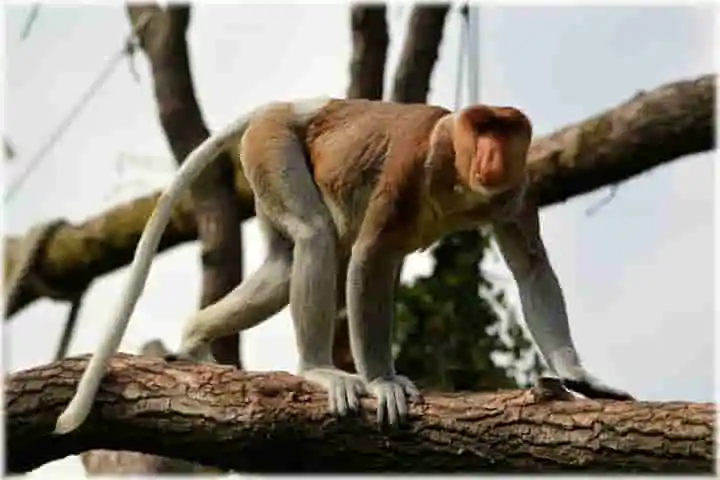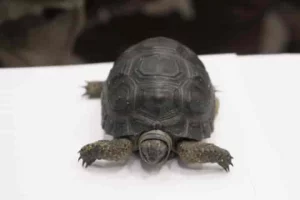Even though human beings and monkeys share over 90 per cent of their DNA yet they have differences and one which is striking and remarkable, is the absence of tail among homo sapiens.
According to an article in smithsonianmag.com the ancestors of humans had the tails for a certain purpose – it was to balance themselves as they moved from one treetop to another. It was nearly 25 million years ago that apes minus the tails started appearing in the fossil record.
Till now it was always a mystery as to why and how the tail never stayed with human beings and some of the primates. A new study now suggests that it was all due to a single genetic mutation that resulted in such a dramatic appearance or rather disappearance of the tail!
The latest study’s co-author Bo Xia who is also a graduate student of NYU Grossman School of Medicine, told the New York Times: “This question, ‘Where’s my tail?,’ has been in my head since I was a kid.” He went to add that he was inspired to find out more about this aspect when he injured his coccyx. Coccyx is the small triangular bone humans and some apes have at the base of their spine. He said: “It took me a year to recover, and that really stimulated me to think about the tailbone.”
With his curiosity ignited, Xia and his colleagues set out to investigate as to how and why humans lost their tails. For this they studied the early stages of embryonic development which is crucial as it is in this phase that certain genes are switched on and off. These genes are vital as they are the ones which control the formation of different parts of a skeleton.
Also read: Neanderthals used fire and ingenuity to hunt birds
In a report in ZME Science, Tibi Puiu stated that 30 different genes necessary to tail development in other animals had already been studied by the scientists, therefore, the study authors thought that one mutation or two could have resulted in the removal of the human tail. What they did was to make a comparison of the DNA of six species of tailless apes to nine species of tailed monkeys to detect a mutation which was shared by the humans and apes but was not there among the monkeys. This search finally led them to the TBXT gene.
In order to further confirm if their search was correct and that this was the mutation that led to tail loss, the scientists tweaked the genetics of mice so that they too have the TBXT mutation that humans have. The result was that some rodents didn’t grow tails, while others got short ones.
It is accepted that it is not possible to prove conclusively that this particular genetic mutation is responsible for removal of the tail, Cedric Feschotte, Cornell University geneticist remarked: “it’s as close to a smoking gun as one could hope for.”
Also read: Why snakes survived while Dinosaurs perished 66 Million Years Ago
Feschotte is not a part of the study.
The finding that human ancestors lost the tail rather abruptly tallies with the fossil record studied by the scientists earlier. The mutation according to the study authors may have come in a single ape around 20 million years ago and this was duly passed on to the subsequent generations. It is possible that being tailless had its advantages so this mutation spread among other members too.
Carol Ward, who wasn’t a part of the study and is currently an anthropologist at the University of Missouri observed to the New Scientist: “For something to be lost in one big burst is really significant, because you don’t then have to posit millions of years of successive tiny changes accumulating gradually. It may tell us why all of a sudden when we see the apes [emerge], they have no tails.”




















